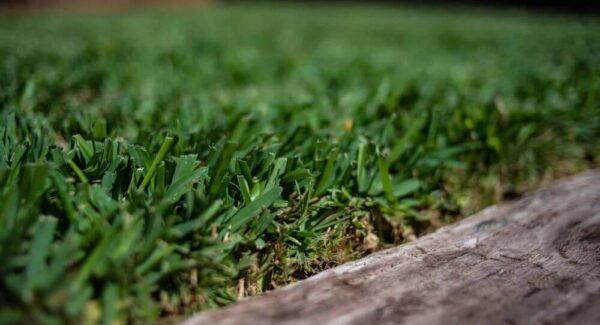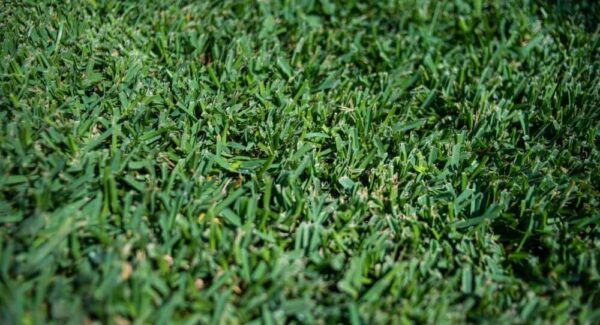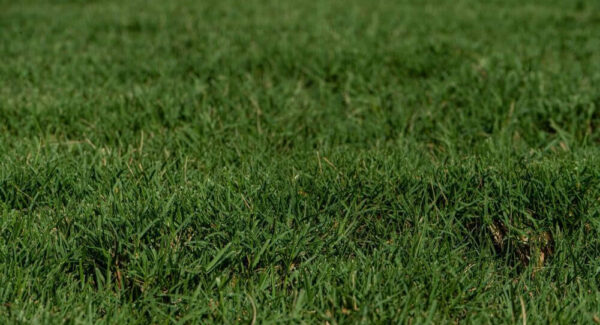Yellow Grass: Winter Dormancy
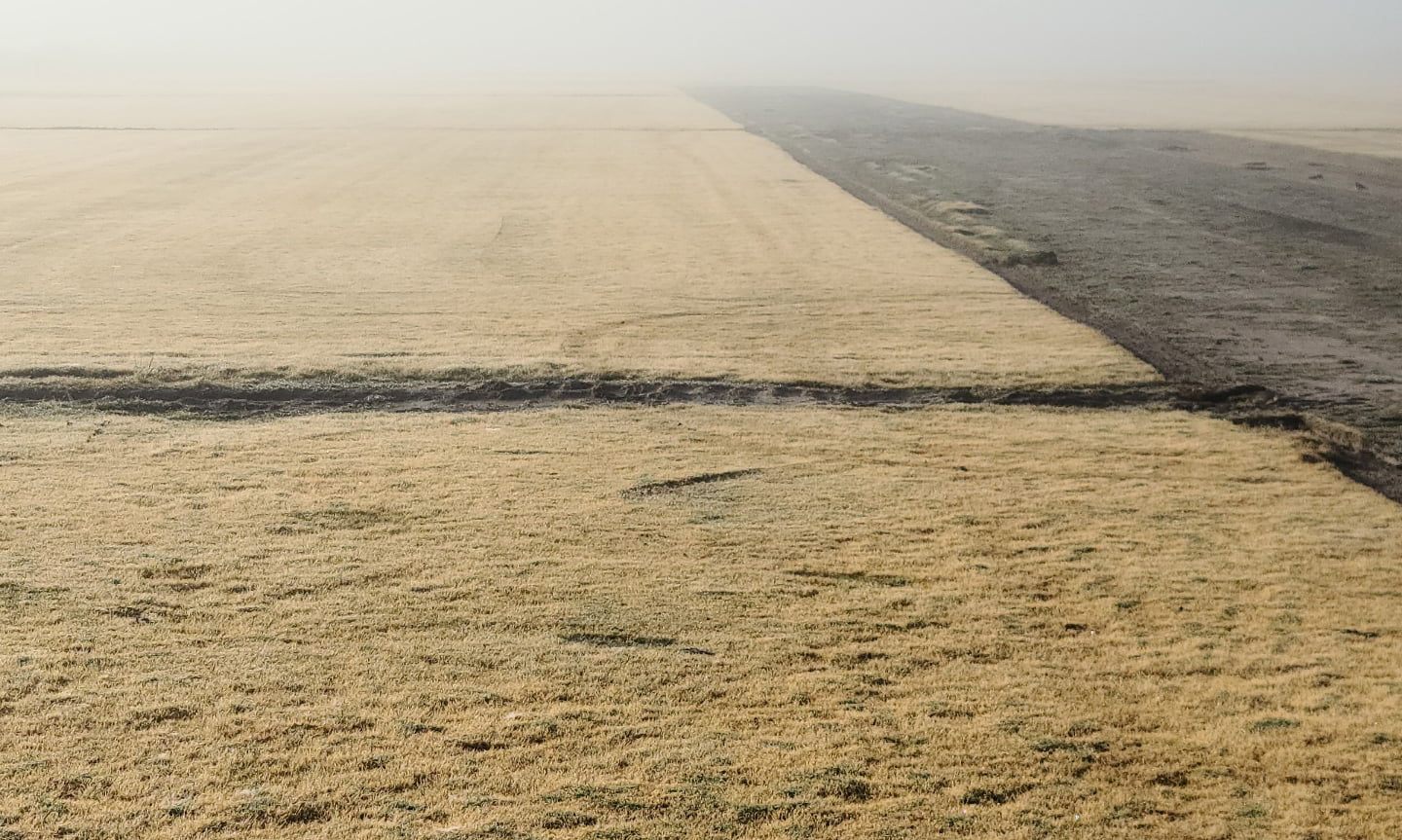
Es totalmente normal para hierba to turn yellow as it transitions into letargo invernal después de el first heavy frost or when overnight temperatures drop below freezing. Sod delivered en el late fall a través de early to mid-spring se likely sea yellow to some degree. Keep in mind that our farms are open fields located in rural areas. So, grass coming from el farms will be further into latencia than hierba you see en suburbs y metro areas where the asphalt, houses/buildings, concrete, trees, etc., keep the soil temperatures warmer.
The dormancy transition is gradual, and the grass will continue to yellow fully when the soil temps stay consistently below 65° F. It is not uncommon for the grass to begin to green up if there are stretches of warm, sunny weather. When the temperatures bounce back and forth between warm and cold, the dormancy transition is often slowed/delayed. When we experience unseasonably warm winters, some varieties may not ever go fully dormant. In these instances, your lawn may remain a patchy mix of green and yellow, similar to hot spots in the excessive heat of summer.
It is important to note that most people that lose their lawn over the winter lose it due to a lack of moisture. Mientras haya la humedad adecuada, el agua se congelará en lugar de la planta. Profundamente saturante el suelo 24 hours antes de freezing temperatures arrive will warm the soil y ayuda insulate & protect el root system. When installing grass during winter dormancy, it is essential to avoid gaps by laying the grass as closely together as possible without overlapping. Laying el grass pieces seam to seam se help protect el roots from el freezing temperaturas.
One perk of installing dormant grass is su reduced water requisitos, you must keep it wet. However, you should make sure that you keep the top 2 inches of soil moist throughout el invierno. Also, water requirements se depend on su suelo tipo, temperaturas del sueloy tiempo. Please make sure to use the proper irrigation schedule based on fluctuating weather & your lawn’s needs. You can find these seasonal irrigation schedules in the irrigation article within our Página sobre el cuidado del césped.
Por último, el hierba se no have significant crecimiento ya que transitions into latencia. It is likely that the grass se no fully establish su root system o have noticeable lateral crecimiento when installed during the late fall through early spring. So, you will most likely not see the seams fill in until the spring when the sod enters its most active growing season. This is entirely normal and no cause for worry.
Causas comunes:
- Heavy Frost/Overnight Freezing Temperatures
- Soil Temperatures Below 65°F
Resolución:
- Soil Temps Consistently 65°F & Up
- Proper Irrigation Throughout Winter
- Fertilization in Spring
